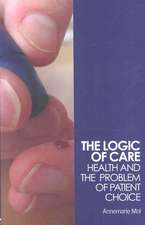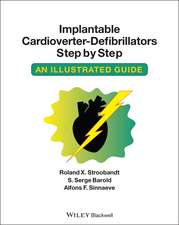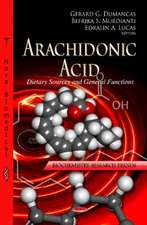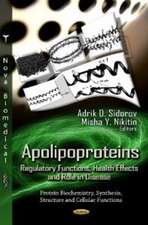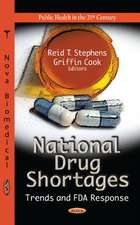Molecular Therapy of Breast Cancer
Autor Marc Lacroixen Limba Engleză Hardback – 30 iun 2009
Preț: 556.87 lei
Preț vechi: 753.74 lei
-26% Nou
Puncte Express: 835
Preț estimativ în valută:
106.56€ • 110.10$ • 88.64£
106.56€ • 110.10$ • 88.64£
Carte disponibilă
Livrare economică 26 februarie-12 martie
Preluare comenzi: 021 569.72.76
Specificații
ISBN-13: 9781607415930
ISBN-10: 1607415933
Pagini: 291
Ilustrații: tables
Dimensiuni: 186 x 264 x 25 mm
Greutate: 0.83 kg
Editura: Nova Science Publishers Inc
ISBN-10: 1607415933
Pagini: 291
Ilustrații: tables
Dimensiuni: 186 x 264 x 25 mm
Greutate: 0.83 kg
Editura: Nova Science Publishers Inc
Cuprins
Introduction; Selective oestrogen receptor modulators (SERMs) and down-regulators (SERDs); Aromatase inhibitors; Agents inducing ovarian suppression; Antimetabolites; Alkylating agents; Anthracyclines; Microtubule-binding agents; Topoisomerase inhibitors; HER family inhibitors; Angiogenesis inhibitors; Insulin-like growth factor-I receptor inhibitors; RAS-RAF-MEK-ERK pathway inhibitors; Ubiquitin-proteasome system inhibitors; Histone deacetylases inhibitors; Mitotic inhibitors; Inhibitors of heat-shock proteins 90 and 27; PI3K/AKT/mTOR pathway inhibitors; Cyclooxygenase-2 inhibitors; Poly(ADP-ribose) polymerase (PARP)-1 inhibitors; Tumour-induced osteolysis inhibitors; Vaccines and immunomodulators; Varia; Index




